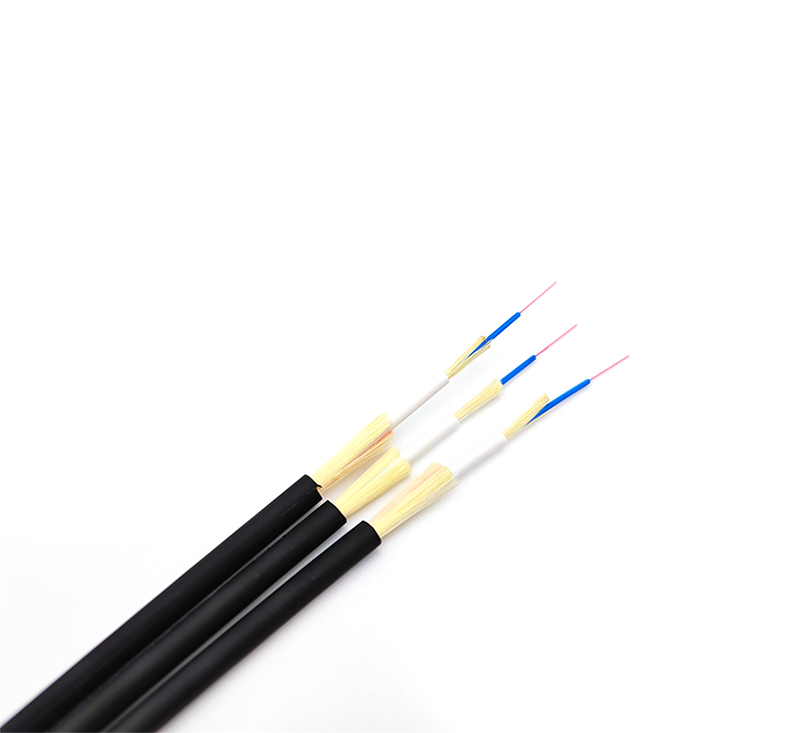The most important thing for long-distance fiber optic cable laying is to choose a suitable path. The shortest path is not necessarily the best, but also pay attention to the right to use the land, the possibility of erection or burial, etc. There must be very complete design and construction drawings for convenient and reliable construction and future inspections. During the construction, always be careful not to put the outdoor optical cable under heavy pressure or hard.
object punctured. When the optical cable turns, its turning radius is 20 times larger than the diameter of the optical cable itself.
1. Construction of outdoor overhead optical cable:
Aerial optical cables are optical cables that are hung on poles. This laying method can make use of the original overhead open line pole road, save construction costs and shorten the construction period. Aerial optical cables are hung on poles and are required to be able to adapt to various natural environments. Aerial optical cables are easily threatened by natural disasters such as typhoons, ice, floods, etc., and are also easily affected by external forces and the weakening of their own mechanical strength. Therefore, the failure rate of overhead optical cables is higher than that of direct buried and pipeline optical fiber cables. It is generally used for long-distance secondary or lower lines, and is suitable for private network optical cable lines or some special local areas.
A. The overhead method of hanging wire brackets is simple and cheap, and it is the most widely used in my country, but it is time-consuming to add hooks and arrange them.
B. Hanging wire winding overhead method, this method is more stable and less maintenance work. But a special wrapping machine is required.
C. The self-supporting overhead method has high requirements on the trunk line, difficult construction and maintenance, and high cost. It is rarely used in China at present.

D. When overhead, a guide device must be added to the fiber optic cable leading to the trunk, and the fiber optic cable should not be dragged to the ground. Pay attention to reducing friction when pulling outdoor optical cables. A length of fiber optic cable should be left on each trunk for expansion and contraction.
E. Pay attention to the reliable grounding of metal objects in the optical cable. Especially in mountainous areas, high-voltage power grid areas and many areas, there are generally 3 grounding points per kilometer, and even non-metallic optical cables are used.
2. Construction of outdoor pipeline optical cable:
A. Before construction, the occupancy of the pipeline should be checked, the plastic sub-pipes should be cleaned and placed, and the traction line should be placed at the same time.
B. Calculate the deployment length, and there must be enough reserved length.
C. The length of one laying should not be too long (usually 2KM). When wiring, it should be pulled from the middle to both sides.
D. The traction force of the cable is generally not more than 120kg, and the reinforcing core part of the optical cable should be pulled, and the waterproof and strengthening treatment of the head of the optical cable should be done.
E. The lead-in and lead-out of the optical cable must be equipped with a guide device, and the floor cannot be directly mopped.
D. The pipeline optical cable should also pay attention to reliable grounding.










